Immediate feedback is a tool that often gets taken for granted in a traditional classroom. As teachers, we are almost constantly providing personalized and immediate feedback to students. But what happens when our students are doing an assessment on the computer? How long does it take for us to give feedback when they’re doing their work at home? How does this all work with distance learning?
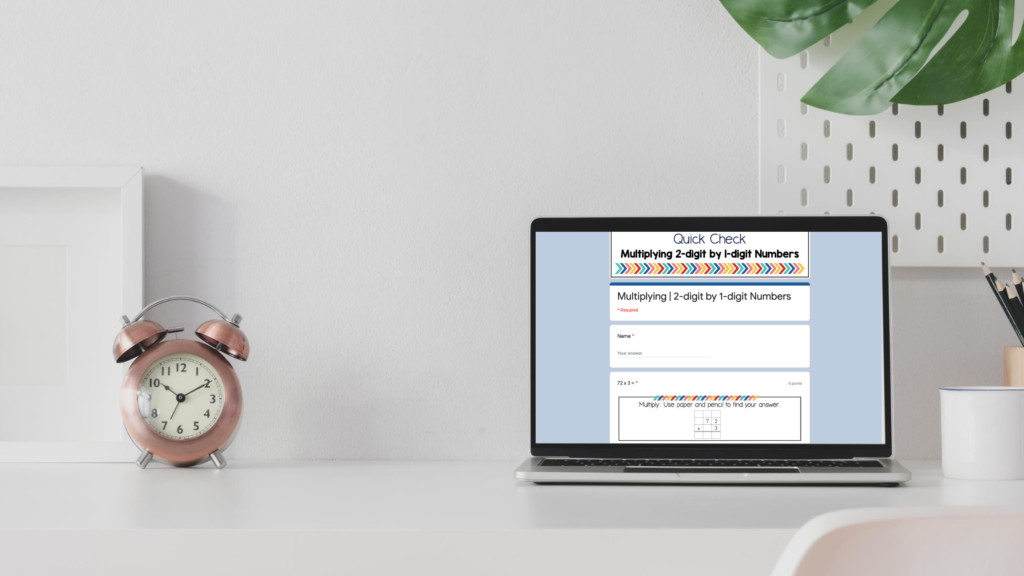
What is Immediate Feedback?
Immediate feedback is a response or information given to students as he or she is learning. The timeliness of this feedback allows students to adjust their schema before misinformation/misconceptions are cemented in their learning. Immediate feedback also helps students feel connected to their learning instead of pressing submit and simply hoping for the best.
One of the most popular studies on the topic was done by John Hattie and Helen Timperley in The Power of Feedback. Their study found that not all feedback is created equal. In order for it to benefit a student is should be:
- Timely: Immediate feedback is always best. The information and the work they’ve just completed is top of mind.
- Specific
- Constructive
- Not distracting
According to the study, “Teachers can create a learning environment in which students develop self-regulation and error detection skills” (Hattie, Biggs, & Purdie, 1996)
A note on how “immediate” feedback needs to be: It’s important to note that the study found that while timely feedback is ALWAYS important, feedback that is too immediate can actually distract from learning during certain tasks. For example, immediately addressing errors on a task where students are learning a new math skill was found to increase rates of skill mastery. However, constantly interrupting a student who is writing or working on reading fluency is actually distracting and not helpful. In this case, waiting until a student has finished part or all of the task before giving feedback can be more successful.
5 Easy Ways To Implement Immediate Feedback In a Digital Classroom.
Below are 5 ways to provide immediate and meaningful feedback to students during distance learning. The timeliness of the feedback and the appropriateness for each usage varies. Choose the right style of feedback for your students and their assignment.
Linking Feedback To Google Forms
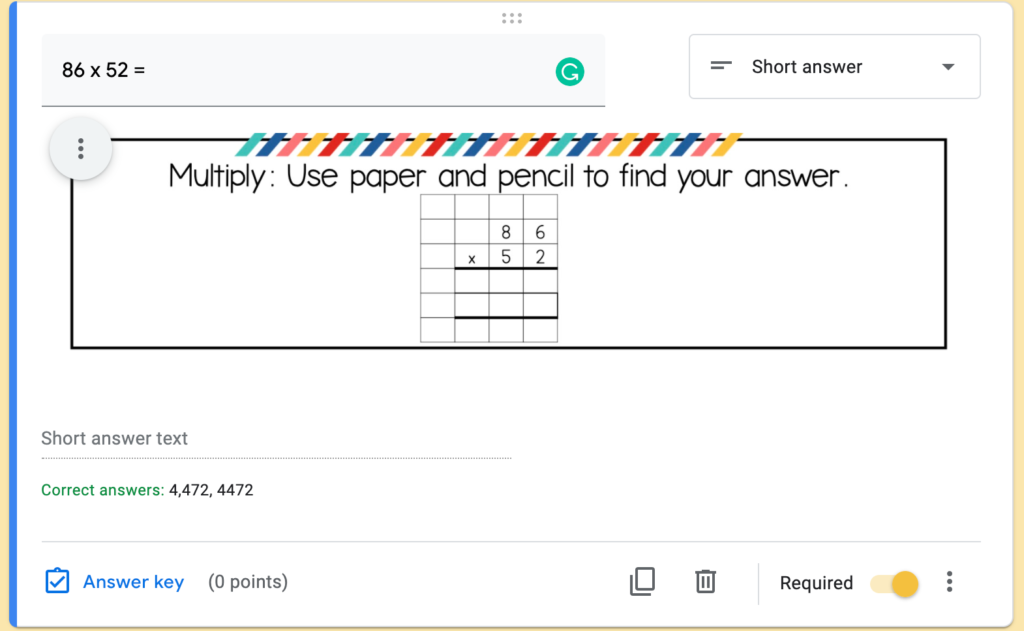
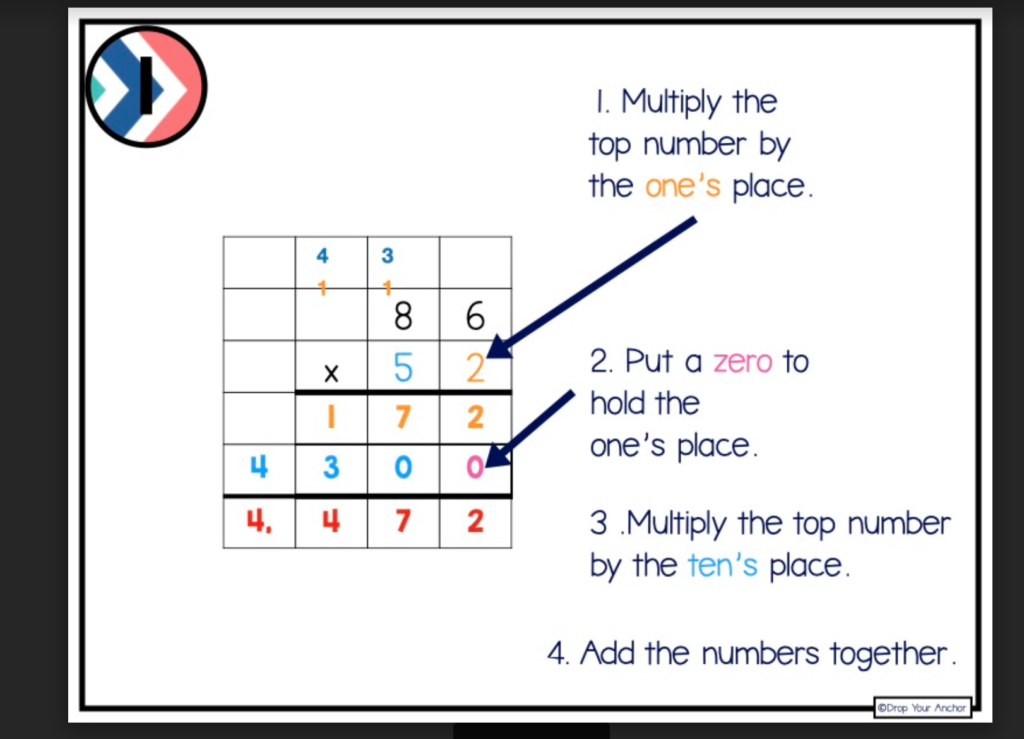
Google Forms are one of the easiest digital tools to implement when it comes to feedback – especially when distance learning. Students can have access to the results of their assessments instantly. But did you know you can also link specific detailed feedback to each question? Click here for detailed instructions.
Self-Checking within Google Slides.
Google Slides are an amazing tool for keeping students engaged because students can manipulate movable pieces or respond in text boxes. However, often these assignments take longer for educators to check and return. For many tasks, a great option is simply to allow students to check their answers immediately.
There are 3 effective ways to do this:
- Create an answer slide on the next slide with a pull-down box covering the answers.
- Cover up answers with moveable or pieces.
- Link to an answer slide and insert a click here to check the answers button.
Example of immediate feedback from digital input/output activity.
Inserting Digital Notes into Work.
Using digital sticky notes is a great way to give feedback, mark important information, and build relationships with students and parents – even remotely! Teachers can add important notes to student writing, ask students to take another look at a difficult problem, or provide positive feedback about improvement. The options are endless.
A free sample of our positive sticky notes can be found here. But you can also make your own and save them as images to be inserted into student work throughout the year.

Asking for, and Responding to, Student Self-Assessments.
Get in the habit of creating a safe place for students to self-assess their learning. I often add it to a digital slide or as the last question on a form. Be consistent with a self-assessment scale and allow students to type or mark if they need extra help. The most important factor here is to check this self-reflection space and check-in with a student as soon as you see a struggle. Set up a video conference, send a personalized email, or set up a phone call. Just make sure you check back in.
For more information about student self-assessment check out the full post here.
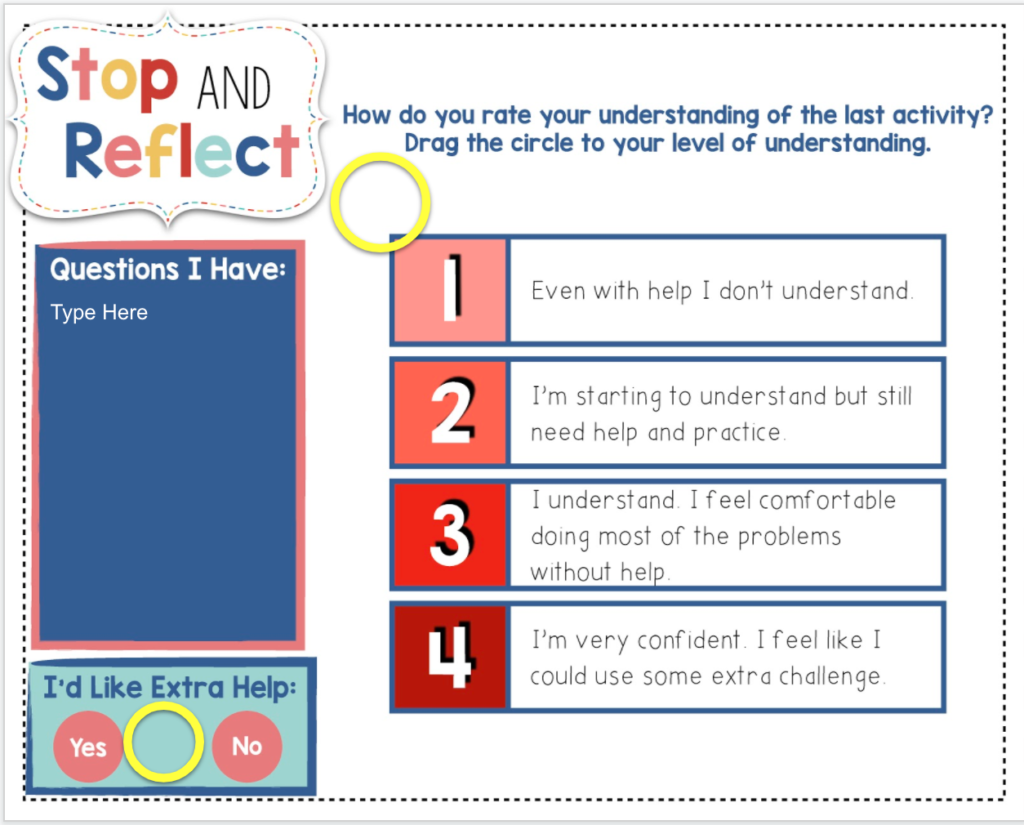
Setting Personalized Goals and Helping Students Monitor their Progress.
Setting goals with students is important for a variety of reasons. It’s also one of the easiest ways to ensure that you’re giving students personalized feedback. Make sure both you and your students are monitoring their progress towards their goals. It could be as simple as setting up a digital spreadsheet where students enter their scores on a multiplication mastery test. Or more in-depth like setting reading fluency goals and discussing them during virtual reading conferences. If the goals are clear, you can drop little notes that show you’re noticing their progress and keep them motivated on their path to mastery.
One More Note about Feedback:
At the end of the day, immediate and meaningful feedback is shown to increase student motivation. Making sure your feedback is constructive and focused on the task is essential to keep it motivational. Avoid giving feedback that focuses on the personal, “You’re such a good smart kid!” And instead focus on the task, “I’m impressed by the way you used all those description words in your writing. I noticed you didn’t give up even when you were stuck last week!”
Immediate Feedback and TIME:
Adding the feedback portion to your teaching can feel like one more task on our plate. But building it into your templates and learning systems will end up saving you time on reinstruction, build positive relationships with your students, and make your teaching more effective.
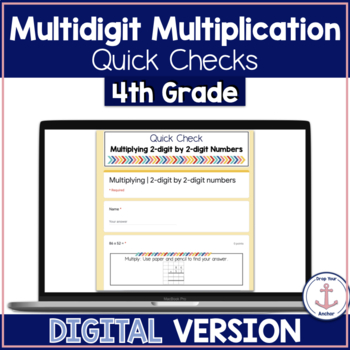
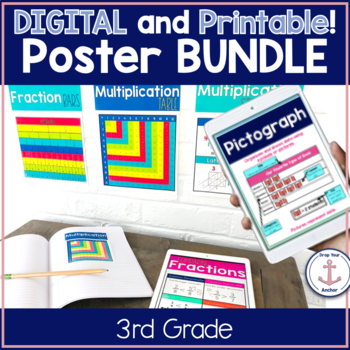

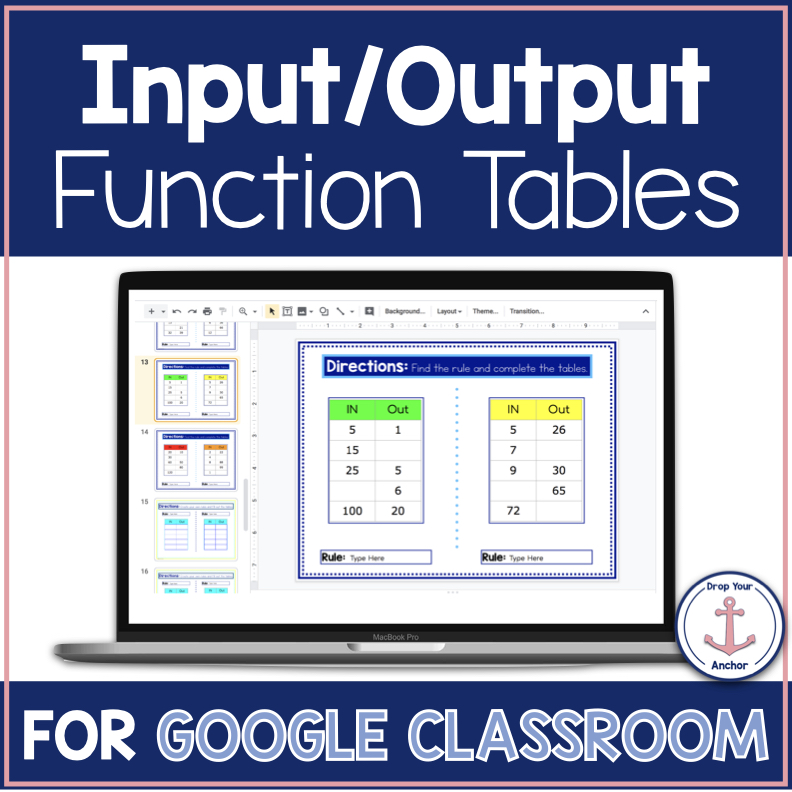
Leave a Reply
You must be logged in to post a comment.